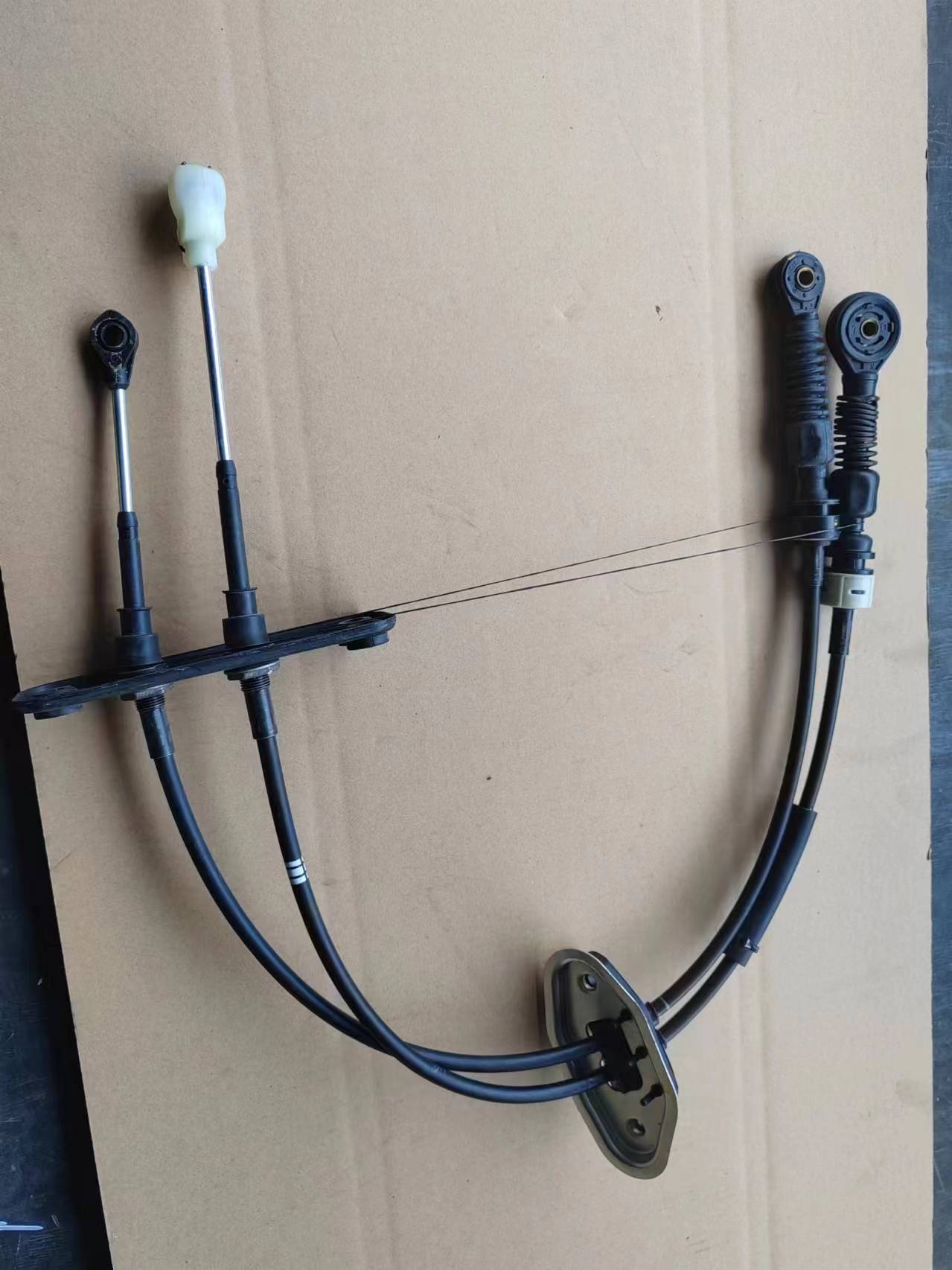rear derailleur cable
Understanding the Importance of Rear Derailleur Cables in Bicycling
Bicycling is not just a mode of transport; it’s a lifestyle, an adventure, and for many, a competitive sport. Central to every cyclist's experience is the bike itself, particularly the components that facilitate smooth gear shifting. One critical part of this system is the rear derailleur cable. This article will delve into what a rear derailleur cable is, why it is essential, and how to maintain it for optimal gear performance.
What is a Rear Derailleur Cable?
The rear derailleur cable is a thin, flexible wire that connects the shifters (usually located on the handlebars) to the rear derailleur, which is a mechanism that moves the chain between the different gears on the cassette located on the rear wheel. When a cyclist shifts gears, pulling on the shifter tightens or loosens the cable, prompting the rear derailleur to move the chain onto a different cog. This action enables the cyclist to adjust their gearing according to their riding conditions and terrain.
Importance of the Rear Derailleur Cable
1. Smooth Gear Shifting The primary function of the rear derailleur cable is to facilitate smooth and precise gear changes. A well-functioning cable allows the derailleur to respond quickly to shifting commands, making it easier for the rider to adapt to varying inclines, declines, or terrain conditions.
2. Enhanced Ride Efficiency Efficient gear shifting positively impacts the overall performance of the bicycle. With a properly adjusted cable, cyclists can maintain a steady cadence, optimize their power output, and enhance their overall riding experience. A well-maintained derailleur cable minimizes the risk of lost momentum during critical moments, such as climbing steep hills or sprinting segments.
3. Maintenance and Durability The rear derailleur cable, while a crucial component, is also subject to wear and tear. Environmental factors, such as rain, dirt, and grit, can lead to cable fraying or rusting. Regular maintenance—such as inspecting the cable for signs of damage, lubricating it, and ensuring proper tension—can prolong the cable's lifespan and avert the need for costly replacements.
Signs of a Faulty Rear Derailleur Cable
rear derailleur cable

Being proactive about your bike’s maintenance can help avoid frustrating riding experiences. Here are some indicators that your rear derailleur cable may need attention
- Poor Shifting If you're experiencing difficulty shifting between gears or if the chain skips, this may indicate that the cable is stretched, frayed, or otherwise damaged. - Slack Cable If you notice any slack in the cable, it may need tightening or adjustment at the derailleur.
- Rust or Fraying Any visible signs of wear, rust, or fraying in the cable require immediate attention. Continuing to ride with a damaged cable can lead to complete failure and potentially dangerous situations.
Maintaining Your Rear Derailleur Cable
1. Regular Inspection Periodically check your derailleur cable for any visible signs of wear or damage. Oiling the cable can also prevent rust and encourage smooth operation.
2. Adjustment Knowing how to adjust your cable tension is key. Using the barrel adjuster located on the shifter, you can fine-tune the cable tension for optimal performance.
3. Professional Service If you're not comfortable with maintenance tasks, or if you encounter persistent issues, seeking professional help can be worthwhile. A trained bike mechanic can diagnose problems and provide repairs efficiently.
Conclusion
In the world of cycling, every component matters, and the rear derailleur cable is no exception. Understanding its function and importance can greatly enhance your riding experience. By recognizing the signs of wear and committing to regular maintenance, cyclists can ensure that their gear shifting remains fluid and effective, leading to a more enjoyable and efficient ride. Whether you are a casual rider or a competitive cyclist, paying attention to your rear derailleur cable can make all the difference on the road or trail. Happy cycling!
-
Workings of Clutch Pipe and Hose SystemsNewsJun.04,2025
-
The Inner Workings of Hand Brake Cable SystemsNewsJun.04,2025
-
The Secrets of Throttle and Accelerator CablesNewsJun.04,2025
-
The Hidden Lifeline of Your Transmission Gear Shift CablesNewsJun.04,2025
-
Demystifying Gear Cables and Shift LinkagesNewsJun.04,2025
-
Decoding Clutch Line Systems A Comprehensive GuideNewsJun.04,2025
